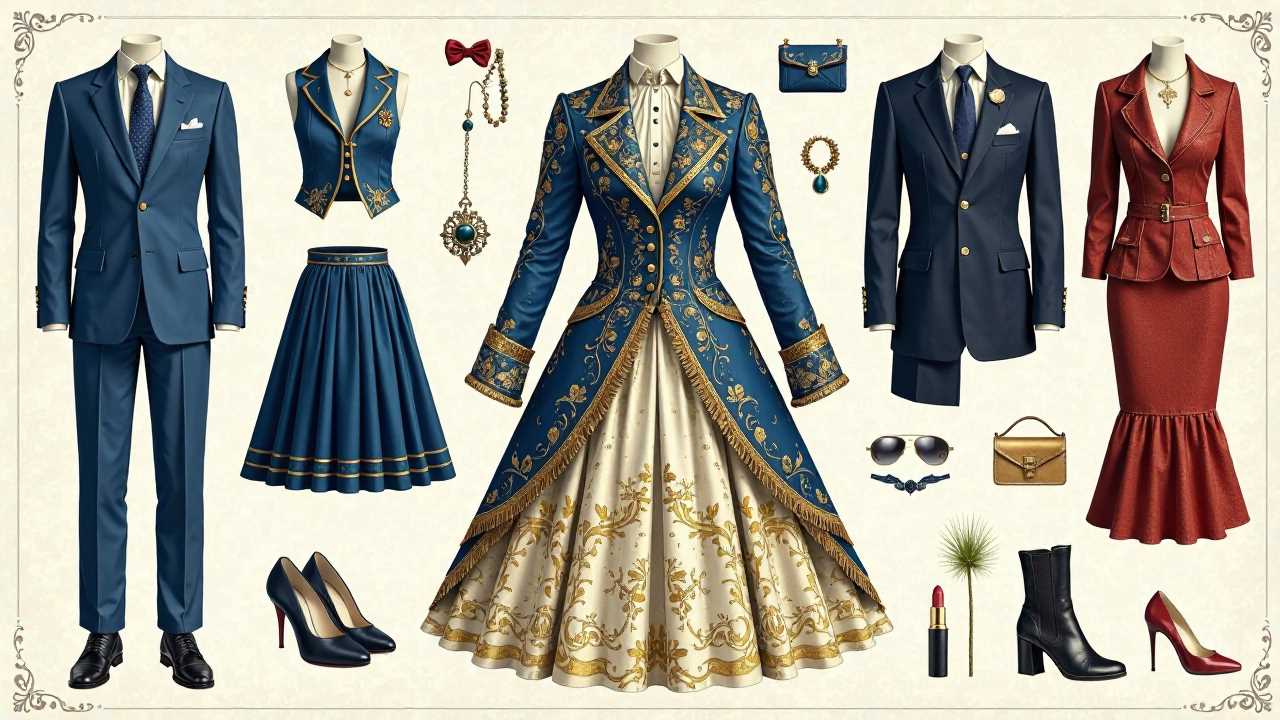
The Essence of Tailoring in Fashion
Tailoring is not merely a craft; it is an art form that embodies precision, creativity, and a deep understanding of fabric and fit. In the world of fashion, mastering tailoring is essential for creating garments that not only look stunning but also feel comfortable and fit impeccably. The tailoring process encompasses various elements, including alterations, couture, bespoke design, and meticulous stitching. Each of these components plays a vital role in achieving the ultimate goal: a perfect fit that enhances the wearer’s silhouette.
Understanding Alterations: The Key to Perfect Fit
Alterations are often the first step in the tailoring process. They involve modifying an existing garment to improve its fit and appearance. Whether it’s shortening sleeves, taking in the waist, or adjusting the length of a dress, alterations can transform a standard piece into something extraordinary.
When we talk about alterations, we emphasize the importance of fitting. A well-fitted garment can elevate an outfit from ordinary to exceptional. Tailors possess the skills to assess a garment's fit on an individual and make the necessary adjustments. This attention to detail ensures that the final product complements the wearer’s body shape and personal style.
Couture: The Pinnacle of Tailoring
Couture represents the highest level of tailoring, characterized by its bespoke nature and luxurious fabrics. Couture garments are custom-made for individual clients, ensuring that every aspect, from design to fit, is tailored to perfection.
The design process in couture is highly collaborative. Clients often work closely with designers to create a unique piece that reflects their personality and style. This collaboration allows for the incorporation of intricate details, such as hand-stitched embellishments and personalized fabric choices. The result is a garment that is not only a fashion statement but also a work of art.
Bespoke Tailoring: A Personalized Experience
Bespoke tailoring takes the concept of customization a step further. Unlike ready-to-wear clothing, bespoke garments are crafted from scratch, ensuring a fit that is uniquely tailored to the individual. The bespoke process begins with a consultation, where the tailor takes precise measurements and discusses the client's preferences regarding style, fabric, and design elements.
This personalized approach allows for a level of detail that is unparalleled in the fashion industry. Each bespoke piece is a reflection of the wearer’s individuality, crafted with care and attention to every stitch. The stitching in bespoke tailoring is often done by hand, adding an element of craftsmanship that enhances the garment's quality and longevity.
The Importance of Fitting in Tailoring
Fitting is a critical aspect of tailoring that cannot be overlooked. A well-fitted garment not only looks better but also feels more comfortable. Tailors often conduct multiple fittings throughout the tailoring process to ensure that the garment meets the client’s expectations.
During these fittings, adjustments are made based on the client’s feedback and the tailor's observations. This iterative process allows for fine-tuning, resulting in a garment that fits like a glove. The goal is to achieve a silhouette that flatters the body while allowing for ease of movement.
Stitching: The Backbone of Quality Tailoring
Stitching is the backbone of any tailored garment. The quality of stitching can significantly impact the overall appearance and durability of a piece. Tailors employ various stitching techniques, from hand-stitching to machine stitching, depending on the garment's requirements and the desired finish.
Hand-stitching is often preferred for couture and bespoke garments, as it allows for greater precision and control. This technique is particularly useful for delicate fabrics and intricate designs, where machine stitching may not provide the same level of finesse. The result is a garment that not only looks exquisite but also stands the test of time.
The Future of Tailoring in Fashion
As fashion continues to evolve, so does the art of tailoring. The rise of sustainable fashion has led to a renewed interest in bespoke and tailored garments, as consumers seek quality over quantity. This shift emphasizes the importance of craftsmanship and the value of investing in well-made clothing.
Moreover, advancements in technology are transforming the tailoring process. Innovations such as 3D body scanning and digital pattern-making are streamlining the fitting process, allowing for even greater precision and customization. These technological advancements complement traditional tailoring techniques, ensuring that the art of tailoring remains relevant in the modern fashion landscape.
The Timeless Art of Tailoring
Mastering tailoring is a journey that combines skill, creativity, and a passion for fashion. From alterations to couture and bespoke design, each aspect of tailoring contributes to the creation of garments that are not only beautiful but also perfectly fitted. As we continue to embrace the art of tailoring, we celebrate the craftsmanship and attention to detail that define this timeless practice. Investing in tailored clothing is not just about style; it is about embracing quality and individuality in fashion.
 SportsHollywoodLifestyleFashionHome & GardenTrendsPrivacy PolicyTerms And Conditions
SportsHollywoodLifestyleFashionHome & GardenTrendsPrivacy PolicyTerms And Conditions
